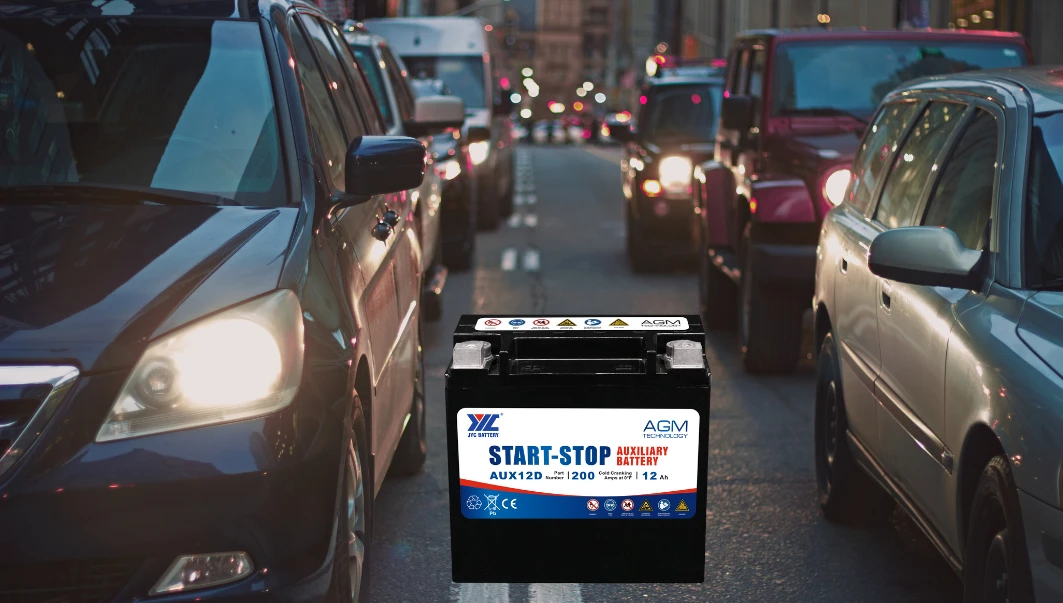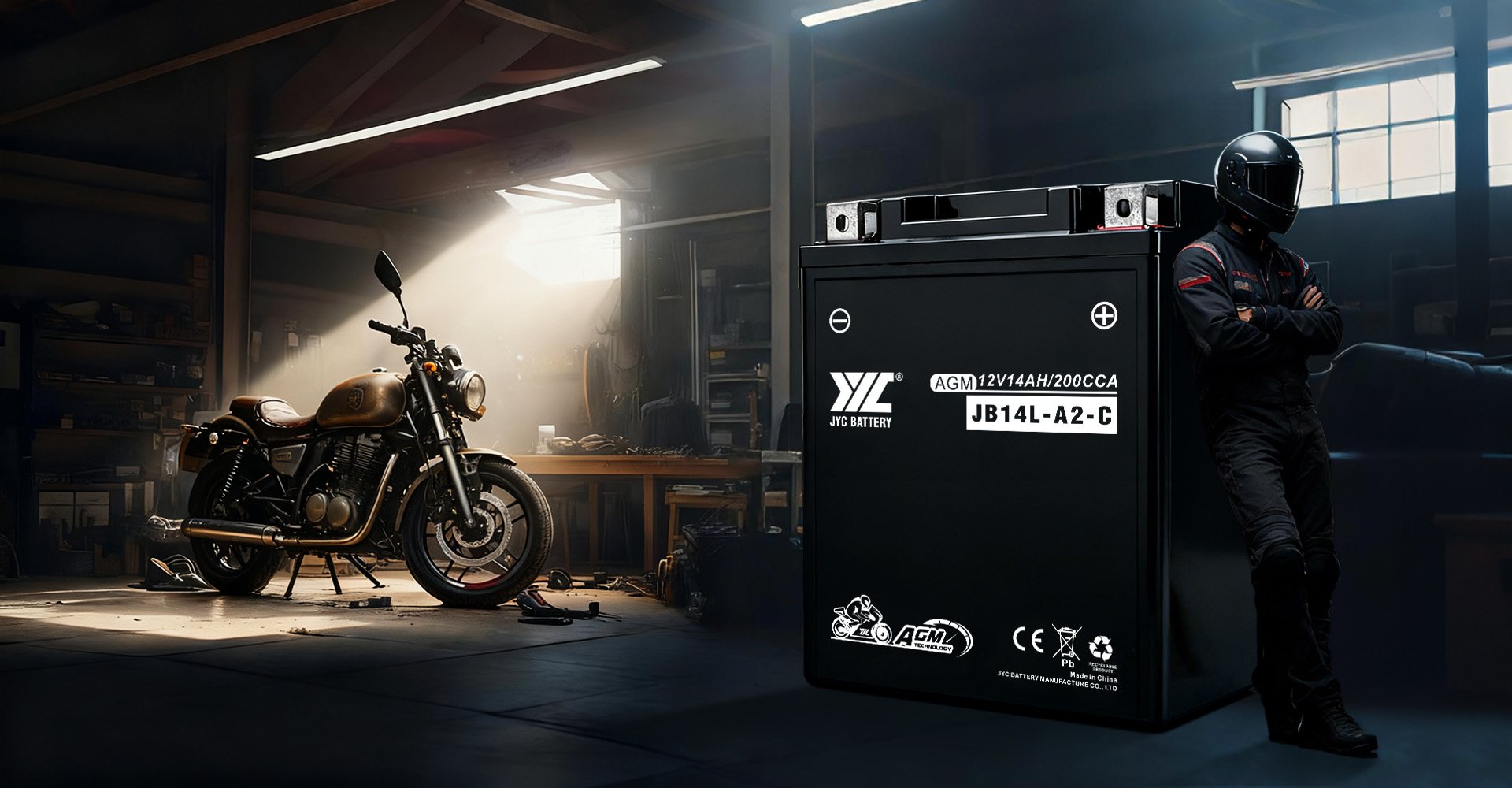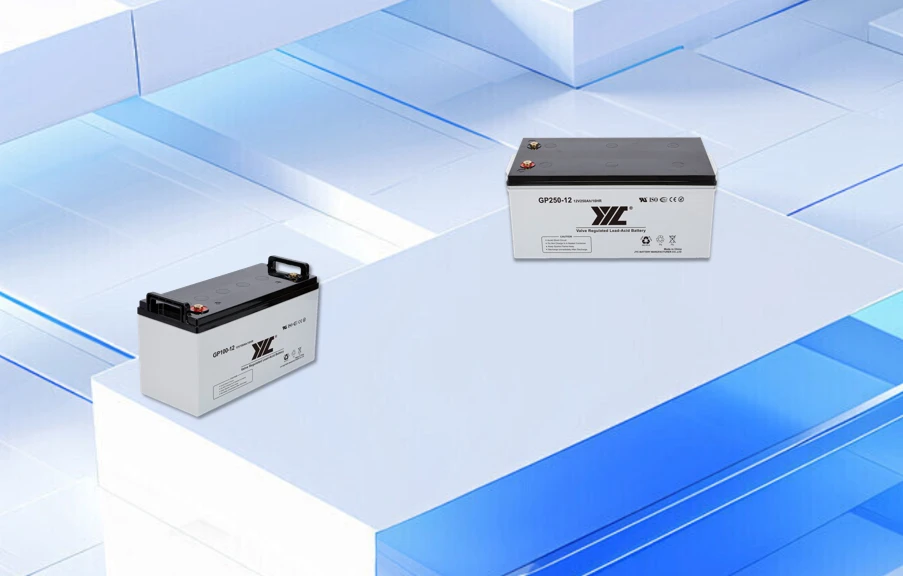
Dear car fans! Did you know that automotive technology has
experienced significant progress, and vehicles are becoming increasingly
advanced, integrating a wide variety of accessories and electrical
components? In order to supply these additional accessories and systems,
many modern high-end cars are equipped with an inconspicuous little guy
– the auxiliary battery. It is the little guy who is
usually unknown but can play a huge role at critical moments! Today, let
us unveil its mystery together!
Introduction to AGM Car Auxiliary Battery
The auxiliary battery, also known as the second battery or
auxiliary power source, is an important configuration in modern cars,
especially in high-end models equipped with many electronic devices and
technologies. The auxiliary battery is usually a 12V battery, but it is the backbone unit of the system, supporting the normal operation of the vehicle. The existence of the aux battery is essential to ensure the reliability of the vehicle and enhance the driving experience.
Definition and Basic Functions
The basic function of the auxiliary battery is to provide independent
power support for the vehicle’s electronic equipment, especially when
the main battery or engine is turned off. It can ensure
the continuous operation of the central control system, interior
lighting, audio, navigation and other equipment, and at the same time,
serve as a backup power source when the main battery is low on power or
fails, keeping the basic functions of the vehicle unaffected. This
allows the vehicle to operate stably in various states, improving the
safety and convenience of vehicle use.
Application of Auxiliary Batteries
Traditional fuel vehicles: In traditional fuel
vehicles, the auxiliary battery is mainly responsible for powering
non-critical systems such as entertainment systems, doors and windows,
and lighting systems. The power requirements of these devices are not
high so that the auxiliary battery can meet their operating needs well.
New energy vehicles: New energy vehicles are usually
equipped with a power battery to provide power for the power system.
However, devices such as vehicle starting, dashboards, and driving
computers require a stable 12V, and this is when the aux14 battery comes in handy. It not only powers these devices but also provides support for the power battery at critical moments.

1. Extend cycle life: The auxiliary battery uses
advanced electrochemical materials and optimized design, and can
maintain good performance after multiple charge and discharge cycles.
Compared with traditional batteries, the auxiliary
battery has a longer service life and can provide stable power output
for a longer time, without frequent replacement, thus reducing the
long-term use cost.
2. Low self-discharge rate and long life: By
optimizing the electrolyte formula and electrode structure, the
auxiliary battery has a lower self-discharge rate and can maintain a
good power state even if it is not used for a long time and has a long
shelf life.
3. Reduce the risk of battery failure: The main feature of the aux14 agm battery
is that it serves as a backup for the main power supply. When the main
power supply fails, it can quickly restart and supply power to ensure
the continuous operation of key equipment or systems.
JYC Battery‘s auxiliary
battery has undergone 3 days and 4 nights of charge and discharge
testing, internal resistance testing, high current detection and other
testing work to ensure factory quality, which is your only choice.
How Does an Car Auxiliary Battery Work?
The car auxiliary battery works like a large
capacitor, which can effectively absorb instantaneous overvoltage in the
circuit, thereby ensuring voltage stability and protecting power
equipment from damage. At the same time, it can also act as an energy
buffer to provide additional power support when power demand suddenly
increases.
Differences from the Main Battery
1. Functional positioning:
Main battery: In new energy vehicles, the main
battery is usually a power battery. It is the main power source of the
vehicle and is responsible for driving high-power equipment such as
motors and air-conditioning compressors.
Auxiliary battery: It is mainly responsible for the
power supply of non-power power sources, such as entertainment systems,
doors and windows, lighting systems, etc.
2. Performance requirements:
Main battery: It needs to have high energy density,
long life, high safety and other performance to meet the long-term and
high-intensity power requirements of the vehicle.
Auxiliary battery: Although the requirements for
energy density are relatively low, there are high requirements for its
deep discharge recovery ability, voltage stability and other performance
to ensure the normal operation of electronic equipment in the car.
3. Installation and maintenance:
Main battery: It is usually installed at the bottom
of the vehicle or a specific location and requires regular maintenance
and inspection to ensure its performance and safety.
Auxiliary battery: It is usually placed in the
engine compartment of the vehicle, keeping a certain distance from the
main battery, and its installation and maintenance are relatively
simple.
Reasons for Using Auxiliary Batteries
Providing additional power support: In the event of a
failure or depletion of the main battery, the auxiliary battery can
ensure that the vehicle can continue to drive in an emergency, giving
the driver extra time to respond.
Protecting electrical equipment: The auxiliary
battery can effectively absorb instantaneous overvoltage in the circuit,
thereby ensuring voltage stability and protecting electrical equipment
from damage.
Improving driving experience: The auxiliary battery
provides stable power for electronic devices such as the entertainment
system, doors and windows, and lighting systems in the car, ensuring
their smooth operation, and thereby improving driving comfort and
convenience.
Does My Car Have an Auxiliary Battery?
Some cars only have one main battery and do not need an auxiliary
battery. So, how do I determine whether my car needs an auxiliary
battery?
How to Identify
Check your vehicle manual: Your vehicle manual will
usually detail your vehicle’s battery system and configuration,
including whether it has an auxiliary battery.
Check the vehicle structure: Some vehicles may have
an auxiliary battery installed in a specific location, such as in the
engine compartment or the trunk. You can look closely at these areas to
determine if an auxiliary battery is present.
Vehicle Types with AGM Auxiliary Batteries
As an important power supplement device, automotive auxiliary batteries
are widely used in many luxury car brands, including Jaguar, Land
Rover, Mercedes-Benz, and BMW. In these luxury models, the core role of
the 12V Car battery is to provide reliable backup power
for the electronic induction brake system to ensure the normal
operation of the brake system in an emergency. In addition, it also
provides necessary load support for environmentally friendly emission
reduction models that use micro-hybrid technology, further optimizing
energy utilization and improving overall efficiency.
What services can we provide for you?
Car owners always want a trusted and reliable expert to check their
cars for damage and problems. We understand this, so we have a team of
experienced experts who can accurately and quickly diagnose your battery
problems. If your auxiliary battery has a problem, whether it is low
power, performance degradation or fault alarm, we can provide
professional consultation so that you can enjoy a worry-free driving
experience.









 EN
EN fr
fr de
de es
es it
it ru
ru pt
pt ar
ar ms
ms id
id











